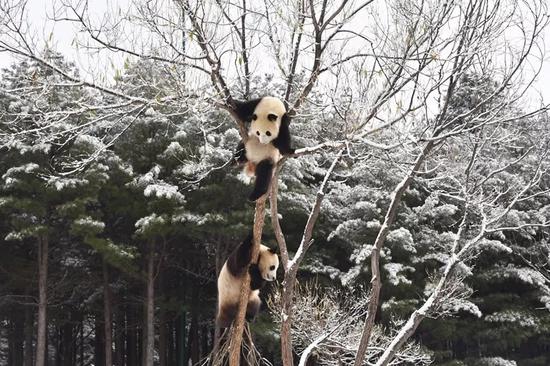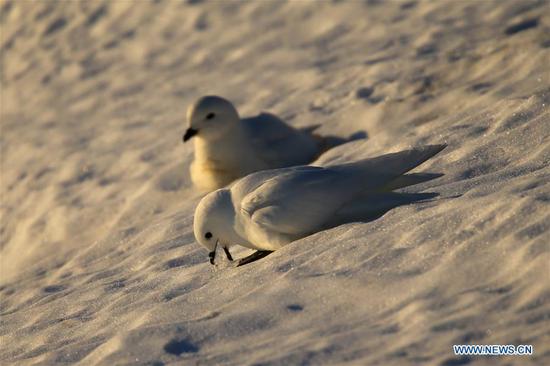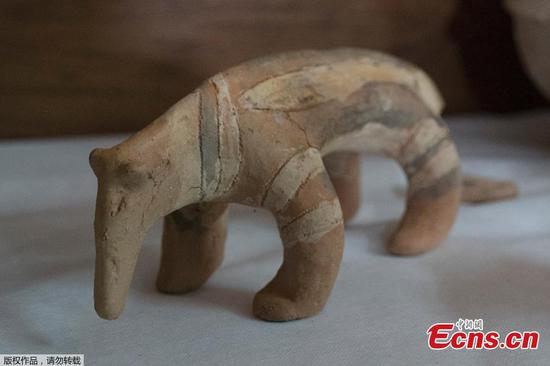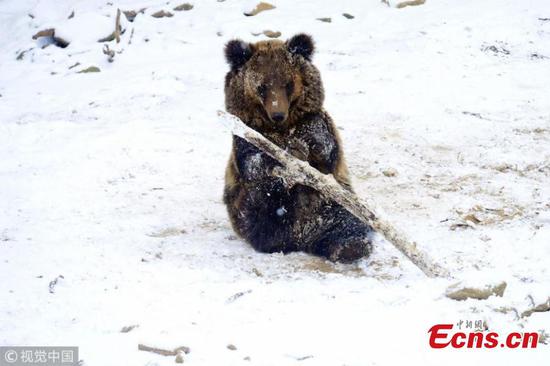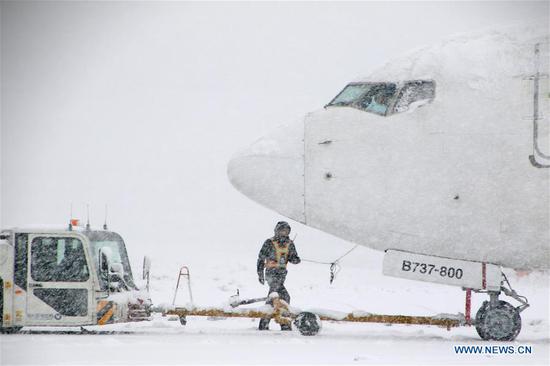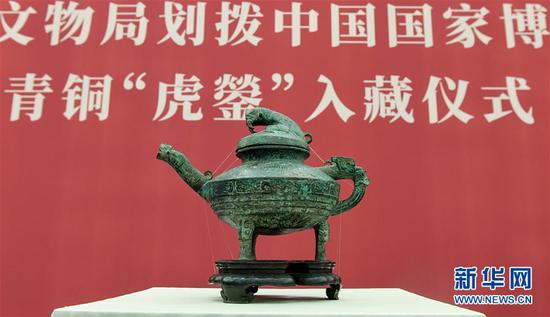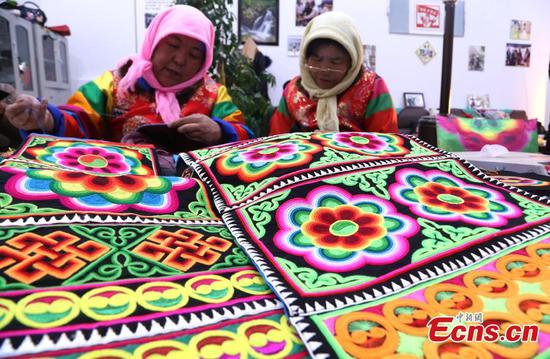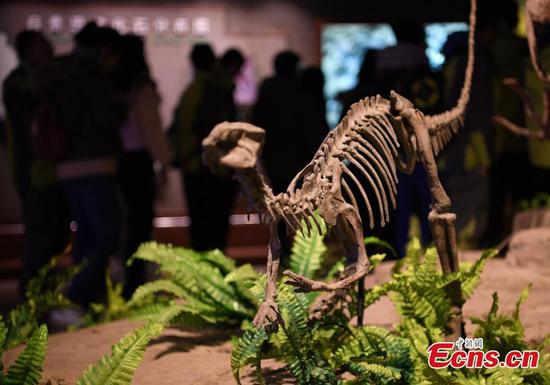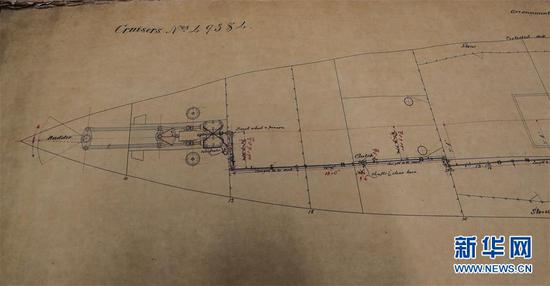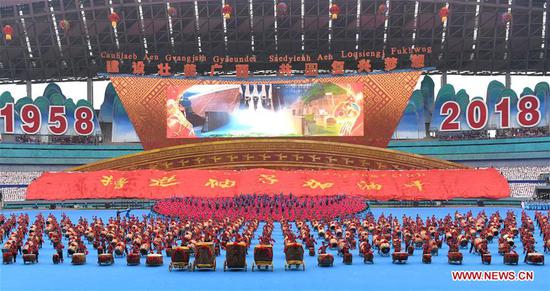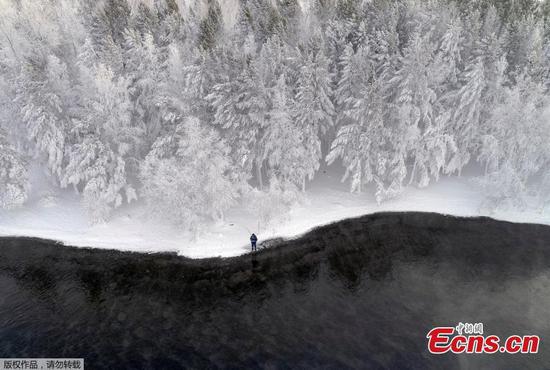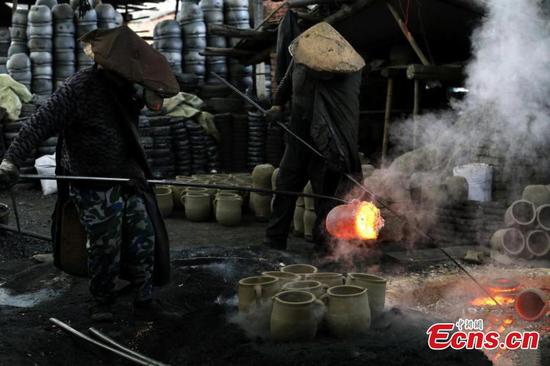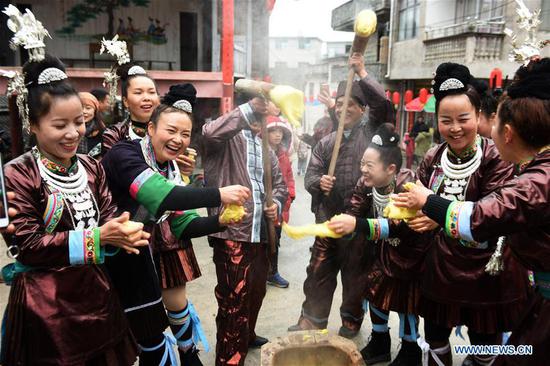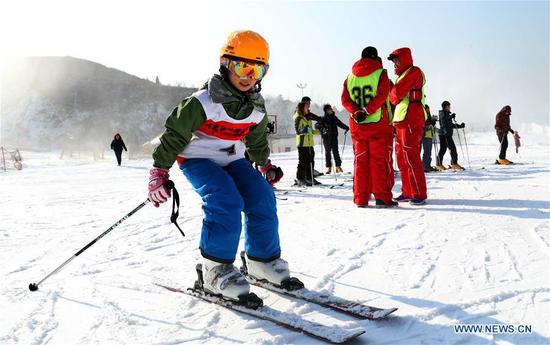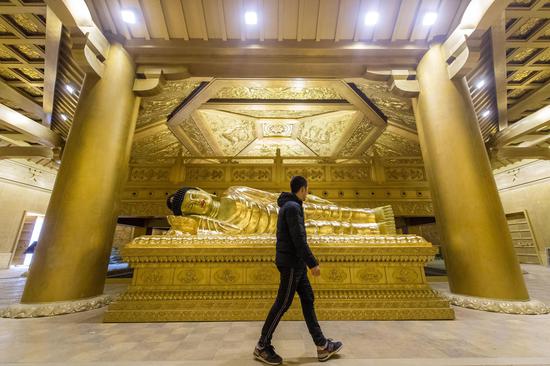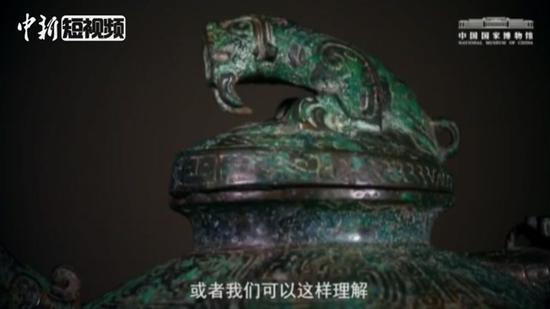Symbiosis
The grassland's environment and resources on the south side of the mountains were multilayered, which had a lasting impact on the distribution of ethnic groups, according to Luo Yi, deputy professor at the School of History and Sociology at Xinjiang Normal University in Urumqi, the regional capital.
From north to south at the southern foot of the mountain, the land changes top-down from mountain meadows to river valley wetland and plain grassland.
The nomads moved with the changing seasons, settling temporarily in areas with adequate grass and water.
Every April, they entered the valley before leaving for the mountain grassland in May, as the Han farmers began sowing crops. After the September harvest, the nomads returned to the valley and fed their livestock with the wheat stubble piled up along field ridges.
In return, the animals' droppings became fertilizer for the fields, and the nomads exchanged livestock or related products for grain with the farmers.
During their stay in the valley, the herdsmen visited Altay to buy provisions such as salt and tobacco, staying overnight at the Han farms.
"In my childhood, my grandfather had a Kazakh friend named Ahkhan. He visited us every fall, riding a red horse and followed by two camels," Yang recalled.
"My grandpa treated Ahkhan as a guest. They talked and laughed on the kang (a heated brick bed), and we fed his horse. Ahkhan went to the market to buy tea, salt and other necessities, leaving his camels at our house.
"When he returned, we watered the horse. After dinner, Ahkhan slept at our home. The next day, he left with the camels, carrying some of the potatoes and cabbages we grew. He usually left us meat and yak butter."
According to Luo, this reciprocal land use prevented competition for resources, and prompted important forms of economic exchange. "Thus, a symbiotic and complementary relationship was formed between the two groups," he said.










